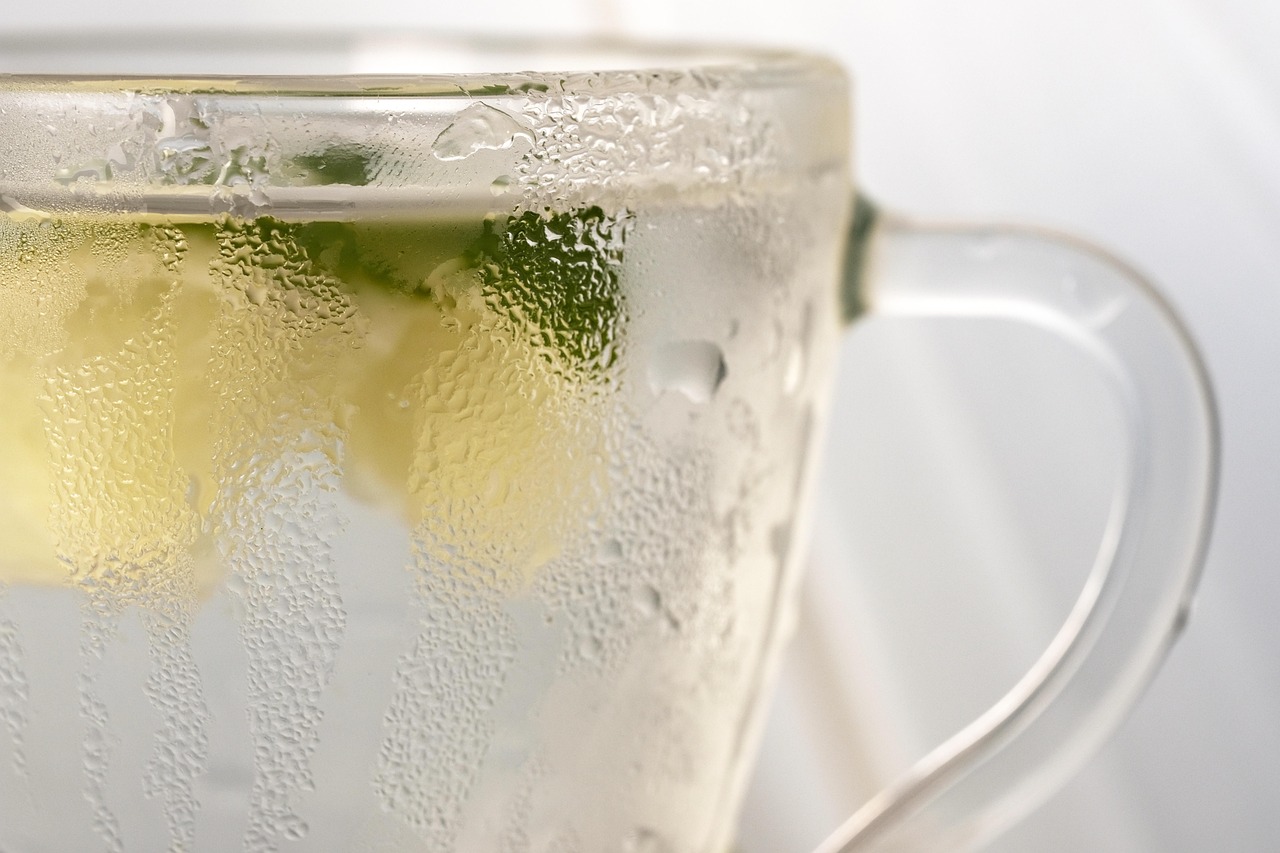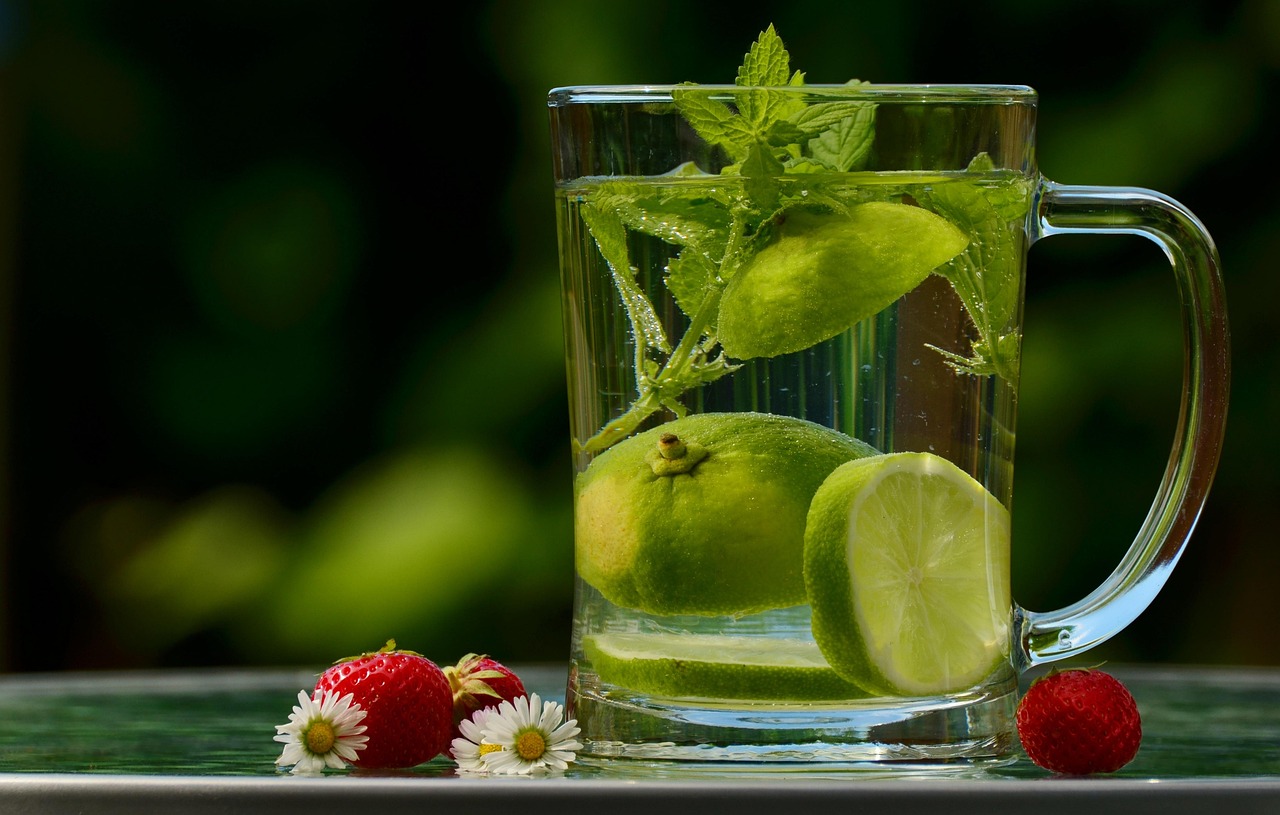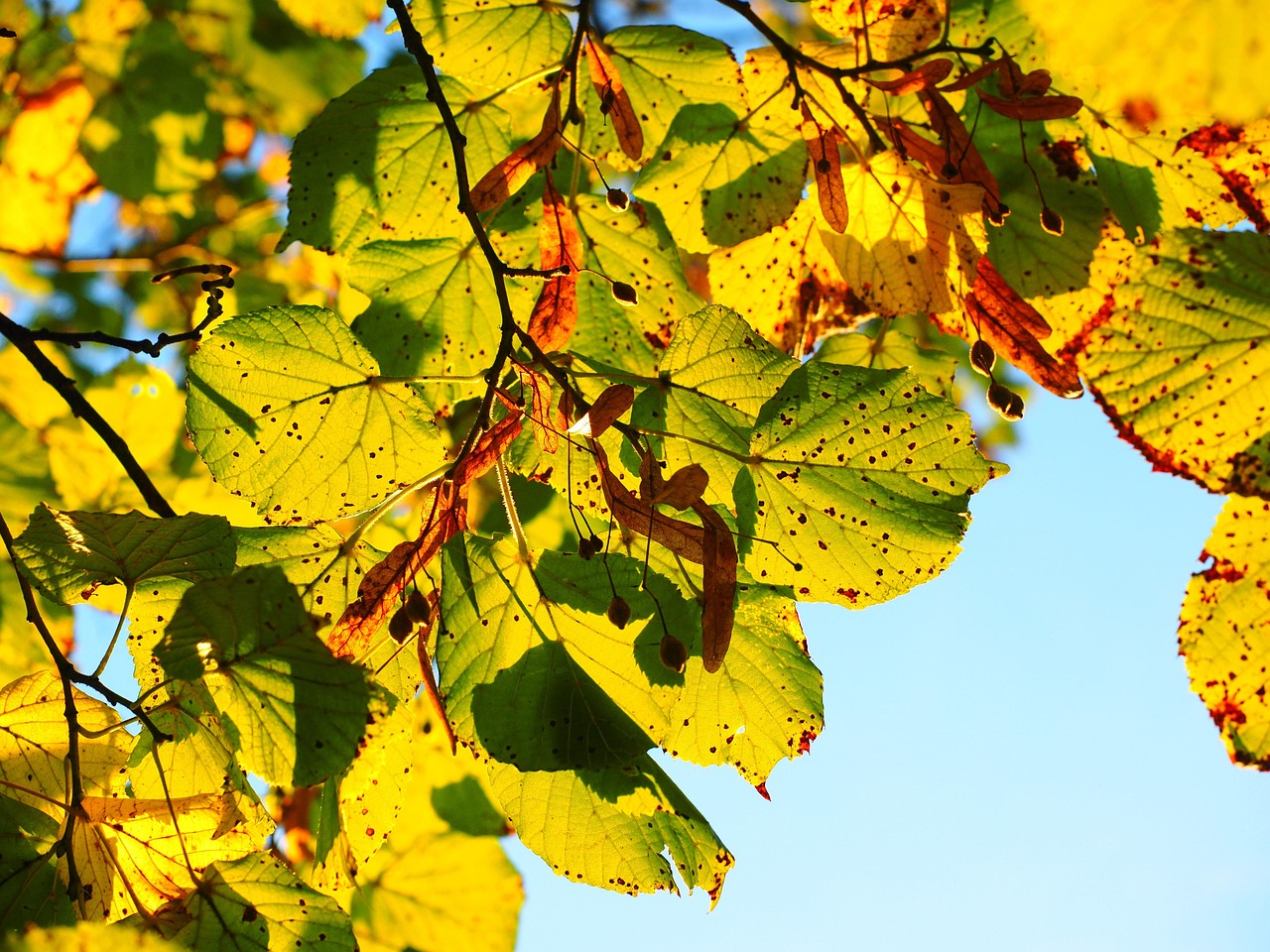Pruning lime trees is essential for maintaining healthy growth and ensuring a continuous supply of citrus fruits throughout the year. Properly timed and executed pruning promotes better air circulation, enhances fruit quality, and encourages new growth.
Lime trees are popular among gardeners and fruit enthusiasts due to their aromatic fruits and vibrant foliage. To maximize the yield of limes, regular maintenance is crucial. Pruning not only helps shape the tree but also removes dead or diseased branches. This process can lead to a healthier and more productive tree. Understanding when and how to prune is vital for achieving the best results.

In addition to its aesthetic appeal, pruning lime trees has several functional benefits. It encourages light penetration, which is important for photosynthesis. Additionally, it helps manage the tree’s size and shape, making it easier to harvest fruit. Proper pruning techniques can also reduce the risk of pests and diseases by fostering a healthier environment.
Benefits of Pruning Lime Trees
Pruning lime trees offers various advantages that contribute to their health and productivity. Here are some key benefits:
- Improved Air Circulation: Pruning opens up the canopy of the tree, allowing air to flow freely. This helps prevent fungal infections and keeps the tree healthy.
- Better Light Exposure: Removing excess branches allows sunlight to reach all parts of the tree, promoting even growth and ripening of fruits.
- Enhanced Fruit Quality: With proper pruning, the tree can focus its energy on producing fewer but higher-quality limes.
- Controlled Size: Pruning helps maintain a manageable size for easier harvesting and maintenance.
- Removal of Diseased Wood: Getting rid of dead or diseased branches helps prevent the spread of disease within the tree.
In order to achieve these benefits, it is important to understand the right techniques and timing for pruning lime trees. Timing can significantly affect the outcome of your pruning efforts.

When to Prune Lime Trees
The timing of pruning is critical for lime trees. The best time to prune these trees is typically in late winter or early spring before new growth starts. This timing allows the tree to heal during its active growing season. However, light pruning can be performed throughout the growing season if necessary.
Here are some important considerations regarding timing:
| Timing | Description | Best Practices |
|---|---|---|
| Late Winter | Ideal time for major pruning before new growth begins. | Focus on removing dead or crossing branches. |
| Early Spring | Light pruning can be done as new growth starts. | Trim selectively to shape the tree. |
| Growing Season | Minor adjustments can be made as needed. | Avoid heavy pruning during this time. |
Understanding these timing guidelines will help you effectively manage your lime trees and ensure their health. When you prune at the right time, you set your lime trees up for a successful growing season with abundant fruit production.

Essential Pruning Techniques
To prune lime trees effectively, several techniques can be employed. Each method serves a specific purpose in promoting tree health and productivity. Familiarizing yourself with these techniques will enhance your pruning skills and ensure your lime trees thrive.
- Crown Thinning: This technique involves removing selected branches to open up the canopy, improving light penetration and air circulation.
- Crown Raising: By removing lower branches, you can increase visibility and access for harvesting while promoting upward growth.
- Crown Reduction: This involves shortening the length of branches to control size and shape, while still allowing for healthy growth.
- Deadwooding: Regularly check for and remove any dead or diseased branches to maintain overall health.
- Suckering: Remove suckers that grow from the base or roots of the tree to redirect energy to fruit-bearing limbs.
Each technique should be applied with care to avoid damaging the tree. Using sharp, clean tools will ensure smooth cuts that heal quickly. Additionally, making cuts at a 45-degree angle can help direct water away from the wound, reducing the risk of rot.
The overall health of your lime trees will greatly depend on your understanding of these techniques and their appropriate application. Pruning is not just about aesthetics; it plays a vital role in the long-term productivity of your citrus supply.

Common Mistakes to Avoid When Pruning Lime Trees
While pruning lime trees is beneficial, certain mistakes can hinder their growth and fruit production. Understanding what to avoid will help you achieve better results. Here are some common pitfalls to be aware of:
- Pruning at the Wrong Time: Pruning too late in the season can lead to reduced fruit yield. It is essential to stick to the recommended timing for pruning.
- Over-Pruning: Removing too many branches can stress the tree and reduce fruit production. Always prioritize selective pruning over aggressive cuts.
- Using Dull Tools: Dull or dirty tools can create jagged wounds that take longer to heal. Always ensure your tools are sharp and clean before starting.
- Ignoring Tree Health: Failing to assess the overall health of the tree can lead to missed opportunities for addressing issues like disease or pests before they become serious problems.
- Neglecting Young Trees: New lime trees require specific care, including proper pruning. Neglecting to prune them early can lead to poor structure and reduced fruiting potential later.
Avoiding these mistakes will help ensure that your lime trees remain productive and healthy. Regular monitoring and care are essential for long-term success in citrus cultivation.
The Tools You Need for Pruning Lime Trees
Having the right tools is crucial for effective pruning. The following tools will help make your pruning tasks easier and more efficient:
- Bypass Pruners: Ideal for cutting small branches up to ¾ inch thick. They provide a clean cut that promotes healing.
- Loppers: Suitable for larger branches, typically between ¾ inch and 1.5 inches thick. They allow for more leverage when cutting.
- Saw: A small pruning saw is useful for branches larger than 1.5 inches. It helps make clean cuts without damaging the tree.
- Gloves: Protect your hands from thorns and rough branches while pruning.
- Pole Pruner: A tool that allows you to reach higher branches without the use of a ladder, ensuring safety while working.
Maintaining these tools is just as important as having them. Clean them after each use to prevent the spread of diseases between plants. Regularly sharpen blades to ensure efficient cutting.
Pruning Techniques for Specific Lime Tree Varieties
Different varieties of lime trees may require slightly different pruning techniques. Understanding the specific needs of your lime tree variety can enhance its growth and productivity. Here are a few common types and their pruning requirements:
| Lime Variety | Pruning Technique | Notes |
|---|---|---|
| Persian Lime | Crown thinning and deadwooding | This variety benefits from regular light pruning to maintain shape. |
| Kaffir Lime | Crown reduction and suckering | Focus on removing suckers and controlling size for optimal leaf production. |
| Key Lime | Selective pruning | This variety is more delicate; prune conservatively to avoid stress. |
Each lime tree variety has unique characteristics that influence its growth pattern. Tailoring your pruning approach based on the specific variety will lead to better outcomes in terms of both health and fruit production.
Signs That Your Lime Tree Needs Pruning
Recognizing when your lime tree needs pruning is essential for maintaining its health and productivity. Here are some signs that indicate it may be time to prune:
- Overcrowded Canopy: If the tree’s branches are densely packed, it may need thinning to improve airflow and light exposure.
- Dead or Diseased Branches: Look for any branches that appear lifeless or have signs of disease, such as discoloration or fungal growth.
- Poor Fruit Production: If your lime tree is producing fewer fruits than usual, it could be a sign that it’s time for a rejuvenating prune.
- Suckers Present: If you notice excessive suckers at the base or along the trunk, they should be removed to redirect energy toward fruit-bearing limbs.
- Pest Infestation: If pests are taking over certain areas of the tree, targeted pruning can help manage the issue.
Paying attention to these signs will help ensure your lime trees remain healthy and productive throughout the year. Regular observation is key in managing their growth effectively.
Seasonal Care for Lime Trees
Proper seasonal care for lime trees is essential to ensure they thrive and produce fruit throughout the year. Each season presents unique challenges and tasks that need to be addressed. Understanding these seasonal requirements can lead to healthier trees and a more abundant lime harvest.
Spring Care
Spring is a critical time for lime trees as they begin their active growth phase. During this season, the following practices should be implemented:
- Pruning: As discussed earlier, late winter or early spring is the best time for major pruning. Remove any dead or diseased branches and thin out crowded areas.
- Fertilization: Apply a balanced, slow-release fertilizer to provide essential nutrients as the tree prepares for growth.
- Watering: Ensure the tree receives sufficient water, particularly as new leaves and flowers emerge. Deep watering encourages strong root development.
- Pest Monitoring: Inspect the tree regularly for pests. Early detection allows for prompt treatment if needed.
Summer Care
Summer demands attention to ensure the tree remains healthy during the heat. Here are some important summer care tips:
- Regular Watering: Maintain consistent moisture, especially during dry spells. Lime trees prefer well-drained soil but do not tolerate drought conditions.
- Mulching: Apply organic mulch around the base of the tree to conserve moisture and suppress weeds.
- Pest Control: Continue monitoring for pests. Use organic or chemical treatments as necessary while being cautious not to harm beneficial insects.
- Light Pruning: If needed, make minor adjustments to shape the tree. Remove any suckers or small branches that are obstructing airflow.
Autumn Care
As temperatures begin to cool, autumn is a time to prepare lime trees for the winter months. Key tasks include:
- Final Pruning: Conduct a final pruning session to tidy up the tree before winter. Remove any dead or damaged branches.
- Soil Testing: Test the soil to determine nutrient levels and pH. This will help in planning fertilization for the following spring.
- Fertilization: Apply any necessary amendments based on soil test results to prepare the tree for winter dormancy.
- Watering Schedule Adjustment: Reduce watering as the temperatures drop. Ensure the tree is adequately hydrated before winter, but avoid overwatering.
Winter Care
Winter can be harsh for lime trees, especially in cooler climates. Here are some essential winter care strategies:
- Protection from Frost: If you live in an area prone to frost, consider covering your lime trees with frost cloths or moving potted trees indoors during extreme cold snaps.
- Minimal Pruning: Avoid heavy pruning during this time, as the trees are dormant and may not heal properly from cuts.
- Watering Needs: Water sparingly during winter. Ensure the soil does not dry out completely but avoid waterlogging.
- Pest Monitoring: Inspect for any overwintering pests or diseases that may affect the tree’s health as spring approaches.
Integrating Organic Practices in Lime Tree Care
Many gardeners prefer organic practices when caring for their lime trees. These methods promote environmental sustainability and can lead to healthier fruit. Here are some organic practices you can incorporate:
- Natural Fertilizers: Use compost or well-rotted manure as organic fertilizers. They provide nutrients without the harsh chemicals found in synthetic options.
- Pest Management: Introduce beneficial insects such as ladybugs and lacewings to control aphid populations naturally. Neem oil is also an effective organic pesticide.
- Companion Planting: Plant herbs like basil or marigold near lime trees to deter pests and attract pollinators.
- Cultural Practices: Implement crop rotation and cover cropping to enhance soil health and fertility over time.
By integrating these organic methods, you can cultivate lime trees that are not only productive but also environmentally friendly. Organic practices help maintain biodiversity and reduce chemical dependencies in gardening.
The Importance of Soil Quality
The quality of soil plays a pivotal role in the overall health of lime trees. Proper soil management ensures that your trees receive the nutrients they need to thrive. Here are some key aspects of soil quality to consider:
- Soil pH: Lime trees prefer slightly acidic to neutral soil, with a pH between 6.0 and 7.0. Regular testing can help maintain optimal pH levels.
- Nutrient Content: Ensure soil has adequate levels of nitrogen, phosphorus, potassium, and trace minerals. Use soil amendments as needed based on test results.
- DRAINAGE: Good drainage is essential for preventing root rot. Consider amending heavy soils with organic matter to improve texture and drainage capabilities.
- MULCHING: Applying organic mulch helps maintain soil moisture while slowly adding nutrients as it decomposes.
A focus on soil quality will establish a strong foundation for your lime trees, leading to better growth and increased fruit production throughout the year.
Common Pests and Diseases of Lime Trees
Understanding the potential pests and diseases that can affect lime trees is crucial for maintaining their health. Early identification and management can prevent significant damage. Here are some common issues to watch for:
Pests
- Aphids: These small insects suck sap from leaves and can weaken the tree. They often appear in clusters on new growth. Control them by introducing beneficial insects or using insecticidal soap.
- Spider Mites: These tiny pests thrive in dry conditions and can cause leaf discoloration. Regular misting of leaves can help prevent infestations.
- Whiteflies: Similar to aphids, whiteflies feed on sap and can transmit diseases. Yellow sticky traps can help monitor their presence.
- Scale Insects: These pests appear as small bumps on branches or leaves. They can be removed manually or treated with horticultural oils.
Diseases
- Citrus Canker: A bacterial disease causing lesions on leaves, stems, and fruit. It is essential to remove affected parts and avoid overhead watering to minimize spread.
- Root Rot: Caused by overwatering or poor drainage, leading to wilting and yellowing of leaves. Adjust watering practices and ensure good soil drainage.
- Powdery Mildew: This fungal disease appears as a white powder on leaves. It can be controlled with fungicides or by improving air circulation.
Monitoring for these pests and diseases regularly will help you take timely action, ensuring your lime trees remain healthy and productive.
Harvesting Your Limes
Knowing when and how to harvest limes is just as important as caring for the trees. Proper harvesting techniques can lead to better flavor and longer shelf life. Here are some tips for harvesting your limes:
- Timing: Limes are usually ready for harvest when they turn a vibrant green color and feel slightly soft when gently squeezed. They typically reach maturity between six to nine months after flowering.
- Tools: Use sharp pruning shears or scissors to cut the limes from the tree. This minimizes damage to both the fruit and the tree.
- Handling: Handle the fruit carefully to avoid bruising. Store harvested limes in a cool, dry place or refrigerate them to extend their freshness.
- Regular Harvesting: Regularly check your lime trees for ripe fruits, as limes can mature at different times throughout the season.
Proper harvesting techniques not only ensure that you enjoy fresh limes but also encourage the tree to produce more fruit in subsequent seasons.
Creating a Fertilization Schedule
A well-structured fertilization schedule is vital for maximizing lime tree growth and fruit production. Here’s a suggested approach:
- Early Spring: Apply a balanced fertilizer, rich in nitrogen, phosphorus, and potassium, as new growth begins.
- Mid-Summer: A second application of fertilizer can help support continued growth and fruit set.
- Autumn: Depending on soil tests, consider adding organic amendments to prepare for winter dormancy.
Regular soil testing will help you adjust your fertilization plan based on the specific nutrient needs of your lime trees.
Final Thoughts
Caring for lime trees involves a combination of proper pruning, seasonal care, pest management, and thoughtful harvesting. Each aspect plays a critical role in supporting healthy growth and maximizing fruit production. By staying attentive to the needs of your lime trees throughout the year, you can ensure a bountiful supply of fresh limes.
The key takeaways include understanding the importance of pruning for enhanced air circulation, light exposure, and productivity; recognizing signs that indicate when pruning is necessary; implementing seasonal care practices tailored to each time of year; and maintaining soil quality for optimal growth. Additionally, integrating organic methods and being aware of potential pests and diseases will contribute to the overall success of your lime cultivation efforts.
With consistent care and attention, your lime trees can thrive, providing you with delicious citrus fruits for years to come.
